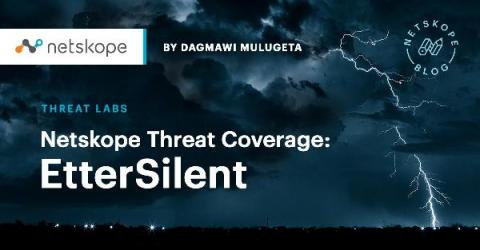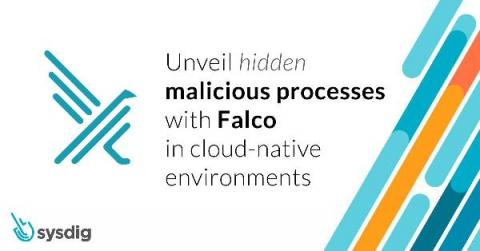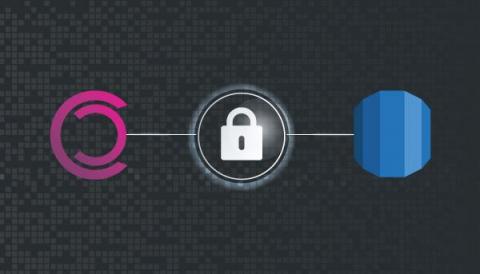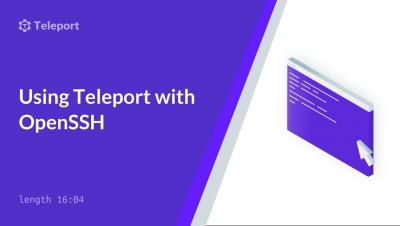Notable Takeaways from the Verizon Mobile Security Index 2021
Netskope is proud to have contributed once again to Verizon’s annual Mobile Security Index —one of the most influential reports in the industry for evaluating mobile security trends. This report is based on a survey of hundreds of professionals responsible for buying, managing, and securing mobile and IoT devices.











